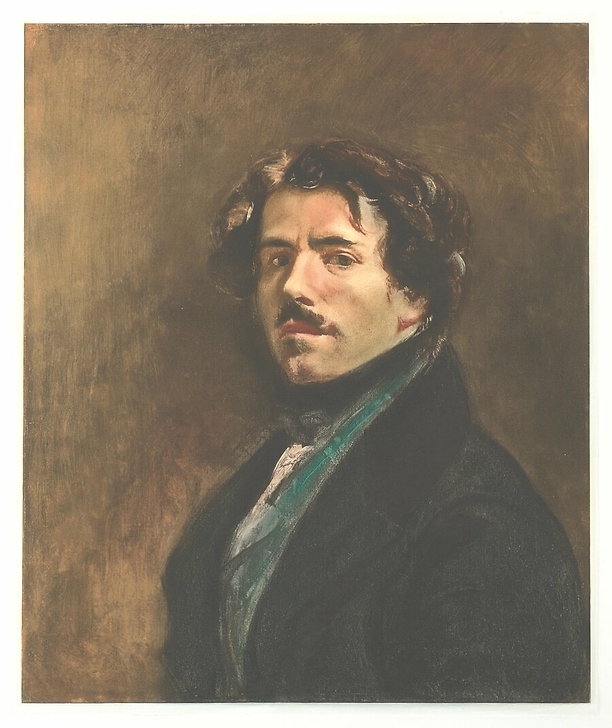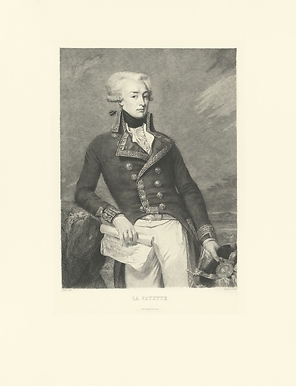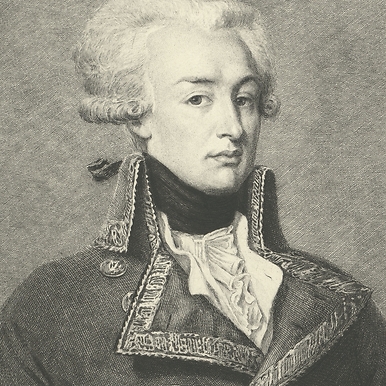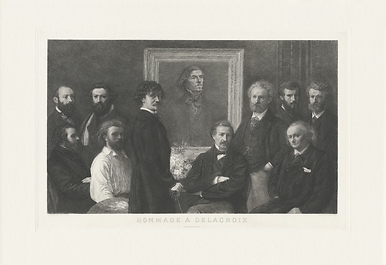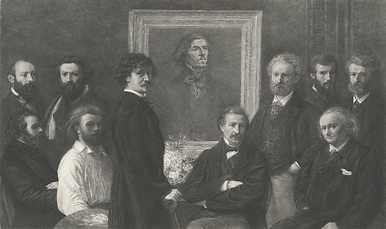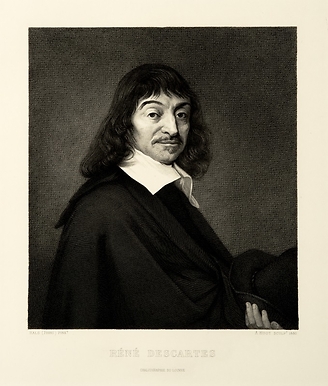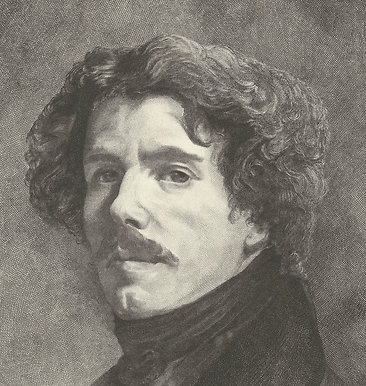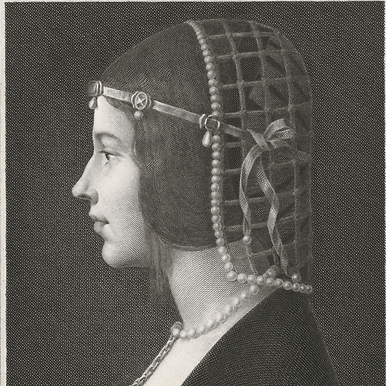Engraving Self-portrait of Delacroix, said in the green vest, 2003 - Pietro Sarto
KM011308
Since 1989, the Musée du Louvre and the Réunion des Musées Nationaux have entrusted contemporary artists with the task of producing engraved plates for the Chalcographie, which is responsible for the exclusive printing of the plates, with no limit on the number of prints.
Very different trends in contemporary...
Read more
Since 1989, the Musée du Louvre and the Réunion des Musées Nationaux have entrusted contemporary artists with the task of producing engraved plates for the Chalcographie, which is responsible for the exclusive printing of the plates, with no limit on the number of prints.
Very different trends in contemporary art are represented. Geneviève Asse rubs shoulders with Georg Baselitz, Pierre Courtin, Jean-Pierre Pincemin, Pat Steir, Jean-Michel Alberola, Robert Morris, Louise Bourgeois, Markus Raetz, Pierre Alechinsky and Agathe May.
The Chalcographie already has, probably from a date later than 1883, a reproduction print of the famous self-portrait that entered the Louvre in 1872. It is an etching and burin on copper (42.5 x 31.6 cm) by Paul Chenay (1818-1906), Victor Hugo's brother-in-law and author of interpretation engravings after Hugo's drawings.
Chenay's black-and-white engraving significantly alters Eugène Delacroix's gaze - from the questioned mirror, and thus the questioned viewer, to a point in space, as external as it is internalized. The self-consciousness reflected in the oil painting of around 1837 is therefore insufficiently translated.
The challenge of the commission addressed to Pietro Sarto, who began his career in the service of Jean Fautrier, is to put to the test, today, the means of the engraver, having a "classic" trade and taking advantage of the technology of the heliogravure. Sarto starts from a gravure base to first "devastate" it, then slowly "recover" it by working with tools and etching. In this way, he ends up with a work of interpretation that can offer the public a color rendition that gives back all the psychic thickness and the sensitive vibration of the model painting.
Beyond that, it is a deliberate question of insisting on one of the missions of the Louvre's Chalcographie - its relationship to the collections - and on the "added perspective" that engraving always brings by its creative specificity. The choice of the self-portrait is rich in sonorities and echoes. We have here, in fact, a major work by Delacroix, one of the most beautiful Delacroixes in the Louvre (along with the portrait of Chopin), which marked the Impressionists and was drawn by both Cézanne and Picasso. For Pietro Sarto, it is in his own way in line with Fantin-Latour's Hommage à Delacroix (1864).
Close
Login to see prices
Sold by GrandPalaisRmn

